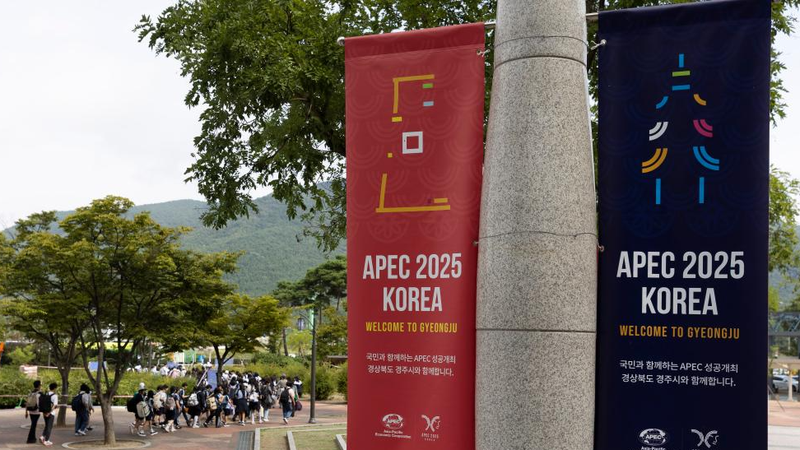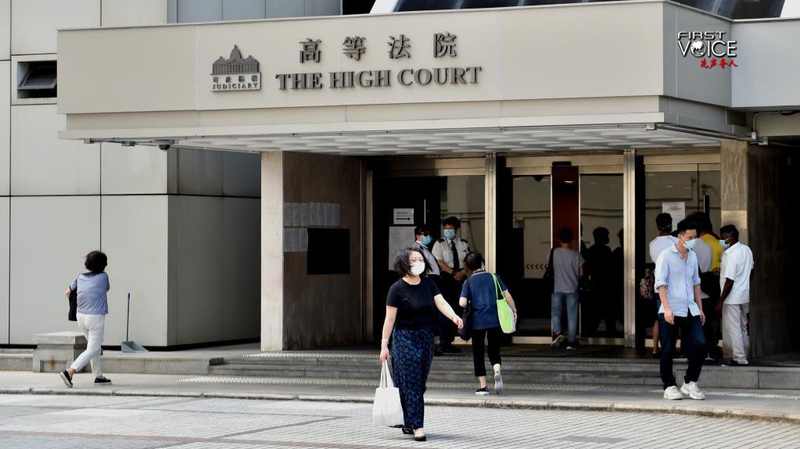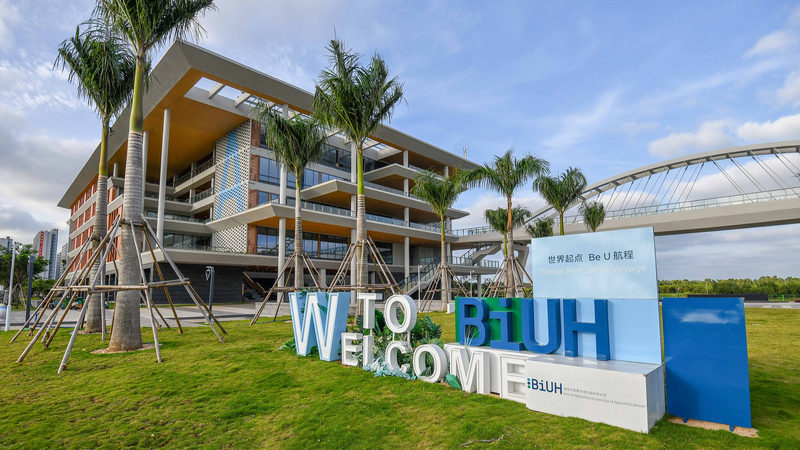GYEONGJU, South Korea — Asia-Pacific leaders convened this week at the 2025 APEC Economic Leaders’ Meeting under the theme "Building a Sustainable Future: Connectivity, Innovation, and Prosperity." Amid rising protectionism and global shifts in industry, the region—accounting for over 60 percent of the world’s economy and nearly half of international trade—faces an urgent need to deepen integration for resilient growth.
Despite its economic clout, Asia-Pacific grapples with widening imbalances. A growing technological divide between advanced and emerging markets often leaves small and medium-sized enterprises on the sidelines, unable to plug into global value chains due to high cross-border costs. At the same time, concerns over supply chain security have spurred "nearshore outsourcing," disrupting traditional labor divisions and eroding regional synergies.
Trade unilateralism further threatens to fracture existing regulatory frameworks and shake market confidence. In this context, strengthening regional integration offers a lifeline. Shared standards and economies of scale can drive down transaction costs, while unified policies act as a buffer against external risks.
Experts highlight three pillars for a more connected Asia-Pacific:
- Connectivity: Enhancing transport and digital infrastructure to enable seamless movement of people, goods, and data.
- Trade Facilitation: Streamlining customs procedures and regulatory alignment to speed up cross-border commerce.
- Institutional Coordination: Harmonizing standards and governance to foster predictability and cooperation.
By unlocking the free flow of talent, capital, and information, the region can unleash its full potential for innovation and sustainable development. With connectivity at its core, APEC’s vision sets the stage for the next phases of dialogue—innovation and shared prosperity—aimed at forging a truly sustainable future for all 21 economies.
Reference(s):
Integration a strategic imperative for Asia-Pacific prosperity
cgtn.com




